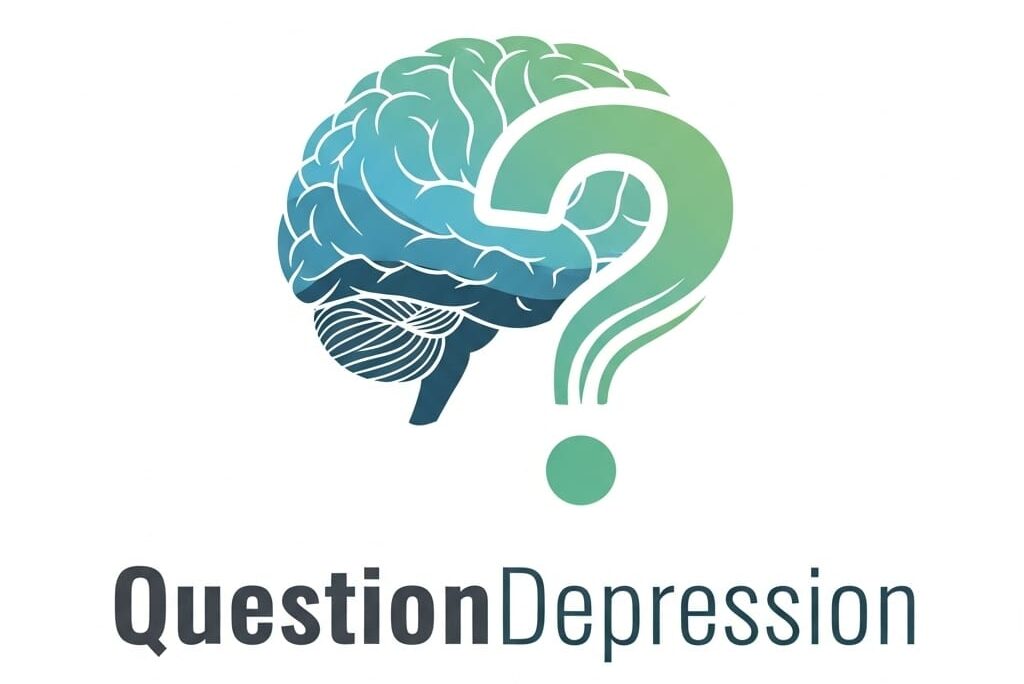Depression seems to be on the rise these days and is notably prevalent among college students, with various studies highlighting its widespread impact.
Going to a new school and having to adjust to a new environment certainly didn’t help my psychological state back in the day, since my usual routine felt disrupted.
Global estimate:
- A systematic review of 24 studies estimated an average global occurrence of depression at 30.5%, with individual study results ranging between 10.4% and 80.5%.
Recent trend:
- A survey conducted during the 2021–2022 academic year across 133 U.S. campuses revealed that 44% of students reported symptoms of depression. 15% had seriously considered suicide, which is the highest rate observed in the survey’s 15-year history.
- Similarly, a 2022–2023 inquiry indicated that approximately 41% of U.S. college students experienced symptoms of depression.
- The more recent Healthy Minds Study, conducted during 2023-2024, reported that 38% of undergraduates experienced moderate or severe depression symptoms. That’s a slight decrease from previous years, but still indicates a major concern.
Factors contributing to depression in college students

Several correlated components can contribute to depression among college students:
The demands of rigorous coursework and the pressure to achieve high grades can lead to substantial stress and feelings of falling short.
Like some might already know, moving away from home and adapting to a new environment can be challenging.
The sheer scope of change that comes with transitioning from high school to the life of a college student frequently triggers loneliness and depression.
Worries about tuition fees, student loans, and living expenses can add to mental strain and psychological issues.
Navigating new social dynamics, forming friendships, and dealing with peer pressure can be overwhelming for some.
Just the fact that I didn’t know that many people at my new school made it feel like a less “safe” and unknown environment.

Poor sleep habits, inadequate nutrition, and lack of exercise are common among college students and can negatively impact psychological well-being.
Certain personality traits, such as perfectionism or low self-esteem, can increase vulnerability to depression.
Genetics and family history play a role in depression, as individuals with a family history of depression may have a higher risk of developing the condition.
Negative experiences during college, such as academic failure or social isolation, can contribute to depressive symptoms.

Pre-existing mental health conditions can increase susceptibility to depression.
The recent COVID-19 pandemic has worsened mental health issues, with disruptions to traditional college experiences and increased uncertainty leading to higher rates of depression.
The invasive use of social media can make us feel like we’re not enough, cause cyberbullying, and disrupt sleep patterns, all of which can intensify mental problems.
Poor physical health and lack of exercise have been associated with higher rates of depressive symptoms among students.
I was not taking care of my sleep at all during my college days, causing many sleep disturbances, which deteriorated my mental state.

The misuse of alcohol and drugs is common on college campuses and can both result from and contribute to depression.
International students or those from diverse cultural backgrounds may experience acculturational stress.
There’s concern about the overprescription of antidepressants to address social and environmental stressors in some regions.
This could potentially mask underlying issues without resolving them.
Conclusion
Depression is a widespread issue among college students, with studies indicating that approximately 30% to 44% experience depressive symptoms.
Factors such as academic pressure, financial stress, social isolation, poor physical health, and substance abuse add to the high prevalence.
Unfortunately, the rise of social media and the lingering effects of the COVID-19 pandemic have further aggravated mental health challenges, as we can see in the global depression rates.
That’s why universities must prioritize mental health support, awareness, and accessible resources to help students navigate these challenges effectively, given the large impact of depression on students’ well-being and academic success.
Join our forum and Facebook
Please consider joining our forum and Facebook if you enjoyed reading this and would like to chat with like-minded peers about anything depression related.
It would certainly go a long way toward making my dream of creating a thriving, supportive community a reality!

